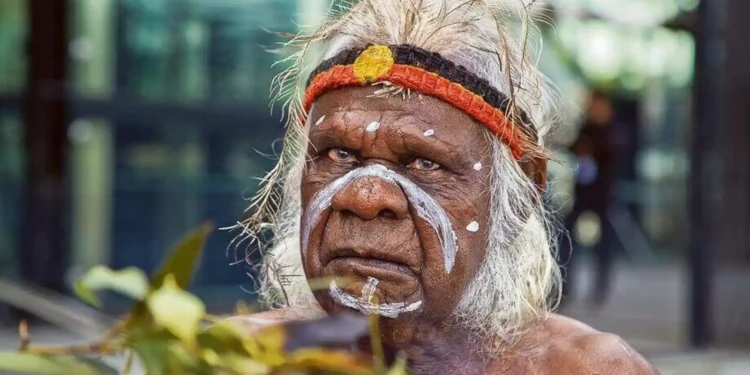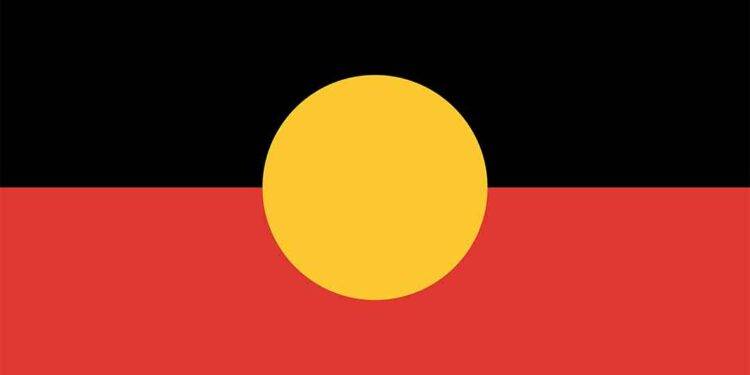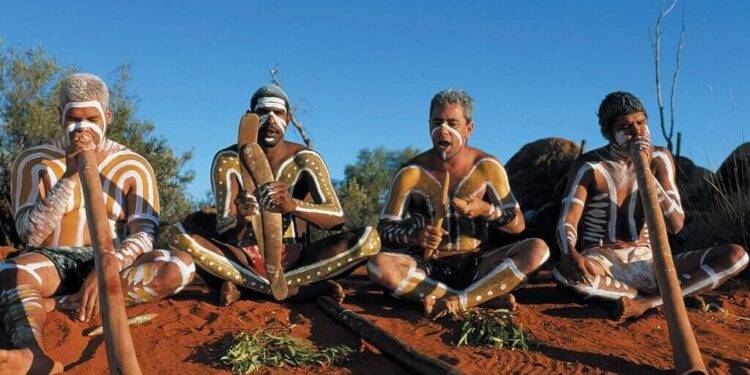History of Aboriginal Australians
Aboriginal People, or native Australians, are the oldest continuous culture on earth, with a history that stretches back over 60,000 years. They were the first nation people to settle in Australia, arriving by sea from Southeast Asia around 60,000 years ago.
Aboriginal Australians lived as hunter-gatherers for thousands of years, living off the land and practicing complex spiritual beliefs that were deeply connected to the natural world. They developed a deep understanding of the environment and its resources, and were skilled at using plants and animals for food, medicine, and other purposes.
In 1770, British explorer James Cook arrived in Australia, marking the beginning of British colonization. The British claimed the land for themselves, and over the following decades, they dispossessed Aboriginal Australians of their land, resources, and cultural heritage. The impact of this colonization was devastating, and Aboriginal Australians were subjected to forced removal, massacres, and other atrocities.

Aboriginal Culture
Aboriginal Australian culture is incredibly diverse, with hundreds of distinct language groups, each with their own unique traditions and customs. Despite this diversity, there are some common threads that run through all Aboriginal cultures, including a deep connection to the land and a complex system of spiritual beliefs.
The native Australians have a rich artistic tradition, with art playing an important role in both traditional and contemporary Aboriginal culture. Art of the aboriginals includes a wide range of styles and media. From rock art and bark paintings to modern sculptures and installations.
Aboriginal people, or native Australians, also have a strong oral tradition, with storytelling playing a central role in passing down cultural knowledge and history from generation to generation. This storytelling tradition is often accompanied by song and dance, with many traditional songs and dances still being performed today.
Read more about Aboriginal Culture & Traditions
Current status of the Native Australians
Today, Aboriginal Australians continue to face significant challenges, including ongoing discrimination, inequality, and disadvantage. Aboriginal Australians have lower life expectancy, higher rates of chronic disease, and are more likely to experience poverty and homelessness than non-Indigenous Australians.
Despite these challenges, Aboriginal Australians have made significant progress in recent years, with many working to preserve and promote their cultural heritage, as well as advocating for greater recognition and respect for their rights and contributions to Australian society.

The Australian Aboriginal Flag
The Australian Aboriginal Flag is a national symbol of the Indigenous peoples of Australia. It was designed by Harold Thomas, a Luritja artist and activist. The flag first flown at Victoria Square in Adelaide on National Aborigines Day on July 12, 1971. The flag has since become an important and widely recognized symbol of Aboriginal culture and identity. Thomas held the intellectual property rights to the flag’s design. He transferred the copyright in January 2022 to the Commonwealth government.
The flag consists of a black top half, a red bottom half, and a yellow circle in the center. The black symbolizes the Aboriginal people. The red represents the earth and their spiritual connection to it. The yellow circle represents the sun, a vital source of life and energy. The design is simple yet powerful, evoking a sense of pride and unity among Aboriginal communities.
Since its creation, the flag has been used in a variety of ways to represent Aboriginal people and culture. It is flown on public buildings, displayed at cultural events and festivals, and used by Indigenous organizations as a symbol of their identity and heritage. The flag has also been adopted as a symbol of political activism. It represents the struggle for land rights and recognition of Aboriginal sovereignty.
About the use of the flag, the government statement reads:
The Aboriginal Flag will now be managed in a similar manner to the Australian National Flag, where its use is free, but must be presented in a respectful and dignified way. All Australians can now put the Aboriginal Flag on apparel such as sports jerseys and shirts, it can be painted on sports grounds, included on websites, in paintings and other artworks, used digitally and in any other medium without having to ask for permission or pay a fee.

Conclusion
Aboriginal Australians have a rich and complex history and culture, which continues to shape modern Australian society. They face significant challenges and injustices. Aboriginal Australians remain an important and vibrant part of Australian culture. And their contributions to the country’s past, present, and future should be recognized and celebrated.


































